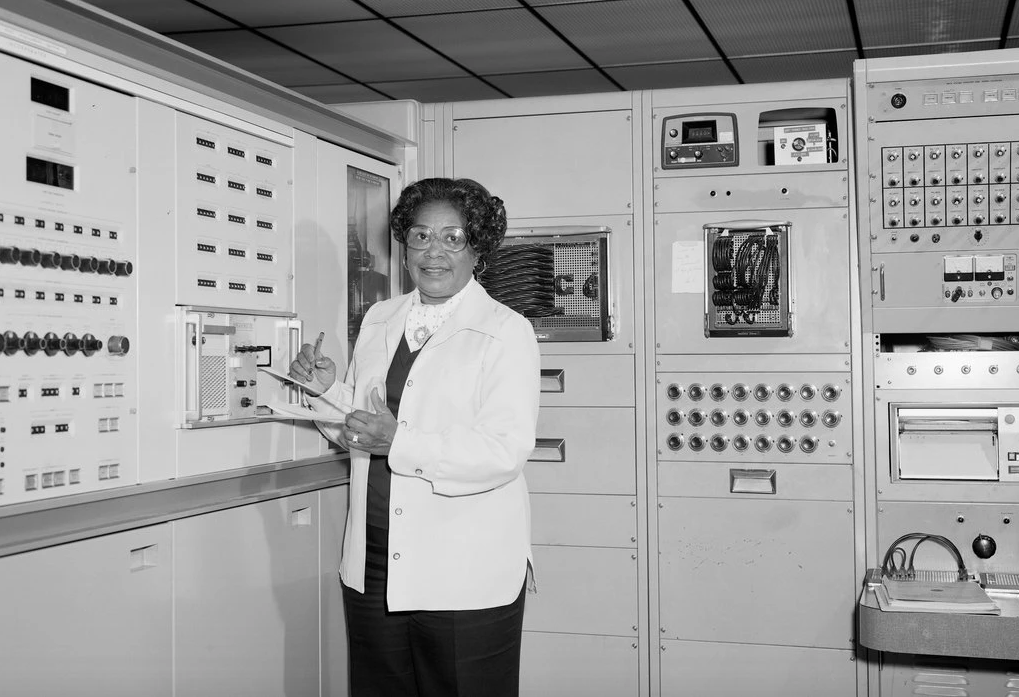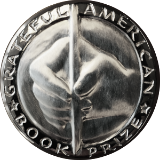NASA Names Headquarters After Its First Black Female Engineer,
Mary Jackson

By Allyson Waller for The New York Times
NASA announced on Wednesday that it would name its Washington, D.C., headquarters after Mary Jackson, the organization’s first black female engineer and a pivotal player in helping U.S. astronauts reach space.
Jim Bridenstine, the administrator of NASA, said the agency would continue to honor those whose histories have long been overlooked.
“Today, we proudly announce the Mary W. Jackson NASA Headquarters building,” Mr. Bridenstine said in a statement. “It appropriately sits on ‘Hidden Figures Way,’ a reminder that Mary is one of many incredible and talented professionals in NASA’s history who contributed to this agency’s success.”
Carolyn Lewis, Ms. Jackson’s daughter, said she felt honored to see NASA continue to celebrate her mother’s legacy.
“She was a scientist, humanitarian, wife, mother and trailblazer who paved the way for thousands of others to succeed, not only at NASA, but throughout this nation,” Ms. Lewis said in the statement.
Born in Hampton, Va., Ms. Jackson graduated from the Hampton Institute, now known as Hampton University, in 1942, after majoring in math and physical science.
In 1951, she began working at NASA’s predecessor, the National Advisory Committee for Aeronautics, in the then-segregated West Area Computing Unit of what is now the Langley Research Center.
She went on to work with NASA’s 4×4 supersonic pressure tunnel and became the agency’s first black female engineer in 1958. She completed additional training and courses for her new role after petitioning the City of Hampton to allow her to learn with white students, taking University of Virginia night classes at a local high school.
Growing up, Ms. Lewis said it wasn’t hard to notice the adversities her mother endured.
“We thank God for my mother, for the sacrifices she made for us,” Ms. Lewis said in an interview, referring to herself and her brother, Levi Jackson Jr.
Ms. Jackson retired from NASA in 1985. Aside from her professional accomplishments, she was known for her dedication to elevating women in scientific fields, and Ms. Lewis said she was also a Girl Scout troop leader. She died in 2005.
Her contributions, along with the work of the NASA mathematicians Katherine Johnson and Dorothy Vaughan, were highlighted in the 2016 film “Hidden Figures,” inspired by a book of the same name by Margot Lee Shetterly. The film, in which Ms. Jackson was portrayed by Janelle Monáe, was nominated for three Oscars.
Ms. Lewis said she and her family appreciated the recognition her mother started to received, but she also wished it would have come sooner.
“We are so proud of what her accomplishments are, but sometimes it makes us sad,” she said, “because you don’t get recognized until maybe after you’re gone. She surely should have had her recognition before then.”
Since the women’s stories have been brought to a wider audience, NASA has taken steps to make sure their names — and contributions — remain known.
Last year, NASA renamed its Independent Verification and Validation Facility in Fairmont, W.Va., after Ms. Johnson, just days before her death; in 2017, the agency named a research facility in her honor. In June 2019, NASA renamed the street in front of its headquarters Hidden Figures Way.
“NASA facilities across the country are named after people who dedicated their lives to push the frontiers of the aerospace industry,” Mr. Bridenstine said. “The nation is beginning to awaken to the greater need to honor the full diversity of people who helped pioneer our great nation.”




